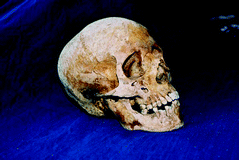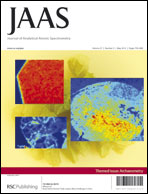A summary of strontium and oxygen isotope variation in archaeological human tooth enamel excavated from Britain†
Abstract
This paper presents a compilation of strontium and oxygen isotope data from human tooth enamel that has been produced at NERC Isotope Geosciences Laboratory over the last c.15 years. These many and often small studies are here combined to provide an overview of data from Britain. The strontium isotope composition ranges between 0.7078 and 0.7165 (excluding individuals deemed to be of non-British origin). The median Sr concentration is 84 ppm but there is a vector of increasing Sr concentrations related to seawater strontium isotope composition that is seen in individuals predominantly from the west coast of Scotland attributed to the used of kelp as a

- This article is part of the themed collection: Archaeometry

 Please wait while we load your content...
Please wait while we load your content...